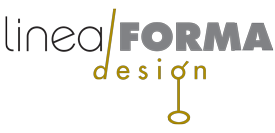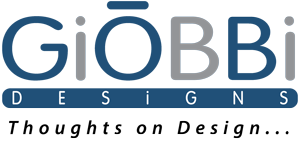When I started doing graphic design in the mid-1970’s, being as it was pre-internet, all of our work was intended for some form of printing. After working up rough sketches on paper for how I wanted each page to look, the process began by taping illustration boards to my work desk, and drawing trim/crop lines around the page areas with a rapidograph pen against a t-square straightedge.
Blocks of type had to be figured out in advance, exactly how I wanted them to ultimately look, because they were created for me by a typesetter. I used a typewriter to construct my text blocks, marked up notes for direction, and mailed or hand delivered them to my typesetter. I received my sheets of finished type the next day, and any corrections or changes in the type specifications, like line breaks, required resetting, and the process starting over again.
All photographs were sent to a “stat house” where photostats of the images, with the proper dot patterns for printing, were created. Then, that day’s batch of rubber cement was checked for proper tack and consistency, and thinned down, if necessary. All the type and photostats were trimmed and given a coat of cement to their back sides, carefully positioned and added to the illustration boards, usually multiple times until the t-square showed that they were all straight and parallel. Then tissue paper was laid over all the boards, taped on at the top, and “marked-up” with all the details the color separator and/or printer needed to know to proceed. That was for a one color (black & white job). Numerous additional steps were added for full color work, and I’ll leave them out for this discussion, but the levels of complexity increased greatly. After I completed my layouts, the last two steps of the process were: send the artboards to a color separator, who separated the original artwork into 1 to 4 film negatives, depending on the number of colors in the job; then, send the film to a printer for making printing plates and printing.
I took to the digital era with enthusiasm. To me, the computer leveled the playing field, so a one man shop could work with the same tools as the big firm, and expect the same production results. Creative results may vary, but production quality “counts for 50% of your final grade”. I bought my first Apple Mac Plus in 1986 and spent my days working with pencils and pens, and nights learning everything I could about this wondrous new technology. I started to incorporate “desktop publishing” into the business and purchased my first font: the Helvetica Condensed family. Cost: $800. Needless to say, every ad that I produced used Helvetica Condensed for a while. Now, the computer is as much a part of my creative hand as the pen and pencil were in my early days. Though fonts have gotten much more reasonable in cost! Next, I mastered Aldus FreeHand and Adobe Illustrator and my technical drawings for price lists and product sheets also went digital. With the addition of Photoshop, the transition to digital was complete…though still evolving.
Since the digital revolution, color separators, printers and graphic designers have all had to completely retool, re-educate and reinvent themselves. Those that failed to do so, well, let’s just say, they had to find new careers. The typesetter was the first industry affected. Most of the field of creating typeset words for printing was absorbed by the graphic designer. Typesetters needed to reinvent themselves and learn new trades or find niche markets. The photostat makers, who converted photos to screen patterns for printing, were next to be absorbed by graphic designers, since our layout software could produce screens perfectly. Desktop flatbed scanners even allowed graphic designers to create acceptable results for scans they previously sent to professionals with half million dollar drum scanners.
By 2005, the color separator’s function was also absorbed by the graphic designer and printer, thanks to the advances of Adobe’s portable document format (PDF), and computer-to-plate (CTP) printing technology. The PDF continues to evolve, and, what amazing changes it has created. What once required numerous trips to the color separator and printer for every job, now requires making a print-quality PDF, with all the right settings needed for the final result, and uploading the files to the printer. The printer and I automatically speak the same language through the PDF specification and the files are used directly by the printer without the need for film.
In a printing town like Portland, which once had a wealth of high end printers, even that industry is feeling the change. The print-quality PDF has revolutionized their process, while adding to the final print quality. As the internet and the PDF replace printing completely for many purposes, the printing industry is seeing an upheaval and attrition. Price competition is squeezing out small local printers and large national internet-based printers are emerging.
And now we are into the post-printing revolution. Anyone with a smartphone has access to an infinite amount of information instantly, already. What’s next? Thoughts, anyone?
Share this:

